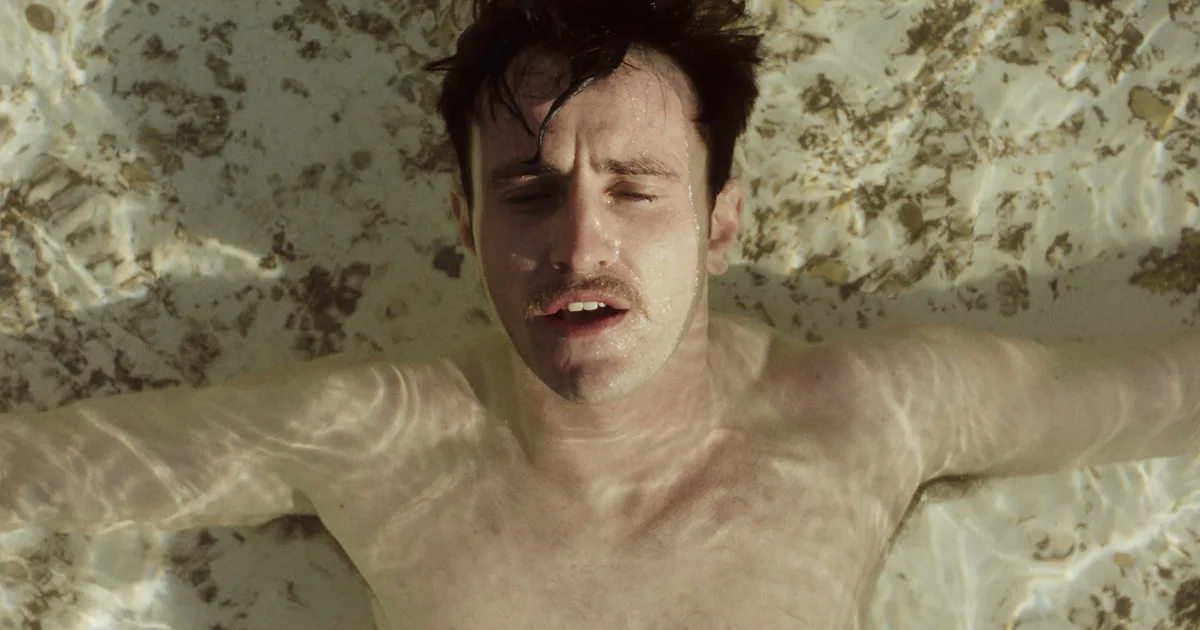Introduction
Have you ever heard of The Wilhelm Scream? It might just be the most famous sound effect in the history of Hollywood. Sound effects are among the most critical yet often overlooked elements that contribute to a successful movie. Even early filmmakers realized the important role that sound effects played in drawing an audience “into” a film and making them suspend their disbelief.
However, since this process usually tends to happen subconsciously, sound effects often don’t get the same respect that other film elements might garner. There are a few people, for example, who mention them in the same vein, while praising a film’s cinematography or musical score.
https://www.youtube.com/watch?v=9FHw2aItRlw
However, in the history of cinema, there’s one definite “star” in the category of sound effects. It’s one that even the casual movie-goer should have no trouble recognizing. You can hear it in literally hundreds of films, and it’s become sort of an in-joke within the movie industry. It goes by the name of The Wilhelm Scream. Yet how exactly did this sound effect become so popular, and where did it come from?
Ben Burtt
Let’s start by talking about the gentleman who made The Wilhelm Scream famous. His name is Ben Burtt, and he’s one of Hollywood’s top sound men. Having worked on dozens of movies, he’s been responsible for the sound design of the Star Wars movies, the Indiana Jones movies, as well as most of the other films directed by Steven Spielberg and George Lucas. He also created sound effects for many of Pixar’s films.
Along the way, Ben Burtt has been nominated for twelve Academy Awards and has won four times. Burtt is also the person who is responsible for the lightsaber hum in the Star Wars films, which is a film projector idling combined with feedback from a broken television set. Burtt is also the man behind Darth Vader’s breathing, which is Burtt himself wearing an old Scuba regulator.
In the late 1950s, which was way back before Burtt became incredibly successful in his chosen field, he was just like any other kid who loved going to the movies. While there, he became aware that he had a knack for remembering different sounds. He also noticed that all the movies made by Warner Bros. had a very distinctive scream as part of their soundtracks.
The “Wilhelm’s” Origins
Usually, this distinctive sound was uttered by some poor unfortunate cowboy who may have fallen from a great height or had been shot by an arrow in an Indian attack. Burtt remembered one film in particular: The Charge at Feather River, released in 1953 and directed by Gordon Douglas.

This particular film featured the same cry of anguish no less than three different times. One of the characters was named “Private Wilhelm.” It was just his bad luck to be hit in the leg by an arrow. This prompted him to let loose the scream which would one day be heard around the world.
When Burtt grew up, he embarked on a successful career in the movie business. However, he never forgot that particular scream. Having access to the Hollywood stock sound effects libraries, he began to do some research. Lots of movies had used the scream he remembered, but Burtt was interested in finding the very first one. This turned out to be from the Warner Bros. western Distant Drums (1951) with Gary Cooper.
“Man Being Eaten by an Alligator”
Looking through the original sound effects for Distant Drums, Burtt came across a reel with a very unassuming title: “Man Being Eaten by an Alligator.” The reel was edited into a scene that featured a soldier being attacked by an alligator. This was straight from the stock footage library.
When Burtt played back the reel, he realized he had struck Hollywood gold. There was the famous scream he knew so well, as well as the sound effects coach giving cues to the actor who recorded it. Even though it was uncredited, some people claim the scream belonged to Sheb Wooley, who went on to record the novelty hit song “Flying Purple People Eater” in 1958.
Burtt called the sound effect “The Wilhelm Scream,” which was based on the character’s name in Charge at Feather River. Additionally, as a sort of private joke, Burtt soon began to include it in every film that he worked on. It would go on to become his signature.

The “Wilhelm” in Star Wars
Here are three instances from the original Star Wars films where you can hear the legendary Wilhelm Scream:
Star Wars (1977). Just before Luke Skywalker and Princess Leia swing across the chasm in the Death Star, a stormtrooper is shot and falls in.
The Empire Strikes Back (1980). In the battle on the ice planet Hoth, a rebel soldier screams when his big satellite-dish laser gun is struck by laser fire and explodes.
Return of the Jedi (1983). During the battle on Jabba the Hutt’s ship, Luke slashes an enemy with his lightsaber. The bad guy lets loose a Wilhelm as he falls into the Sarlac pit.
“The Wilhelm Scream” in Other Films
Soon, other Hollywood sound designers picked up on what Burtt was doing and started inserting the Wilhelm into their movies too. It soon became Hollywood’s audio version of “Kilroy Was Here”:
Now, the “Wilhelm Scream” is everywhere. At last count, over 200 films feature it. In addition to the Star Wars and Indiana Jones series, here’s just a partial list:
Aladdin, Batman Returns, Beauty and the Beast, Blades of Glory, The Fifth Element, Gremlins 2, Hellboy, Hercules, Howard the Duck, A Goofy Movie, Kill Bill, Vol 1, King Kong (2005), Lethal Weapon 4, Lord of the Rings: The Two Towers and Return of the King, Pirates of the Caribbean, Poltergeist, Reservoir Dogs, Sin City, Small Soldiers, Spaceballs, Team America, Tears of the Sun, Them, Titanic, Wallace and Gromit, and Willow.
If you still don’t think you recognize the famous “Wilhelm Scream”, try watching this series of clips from YouTube:
https://www.youtube.com/watch?v=HNvZYzg7o68
We’re pretty sure that from here on out, you’ll become an expert in spotting this ultra-famous sound effect.
More from Cinema Scholars:
FIDDLER ON THE ROOF – A Retrospective Review At 50
POSSESSION (1981): A Retro Review
Keep up with Cinema Scholars on social media. Like us on Facebook, subscribe on YouTube, and follow us on Twitter and Instagram.
Related













